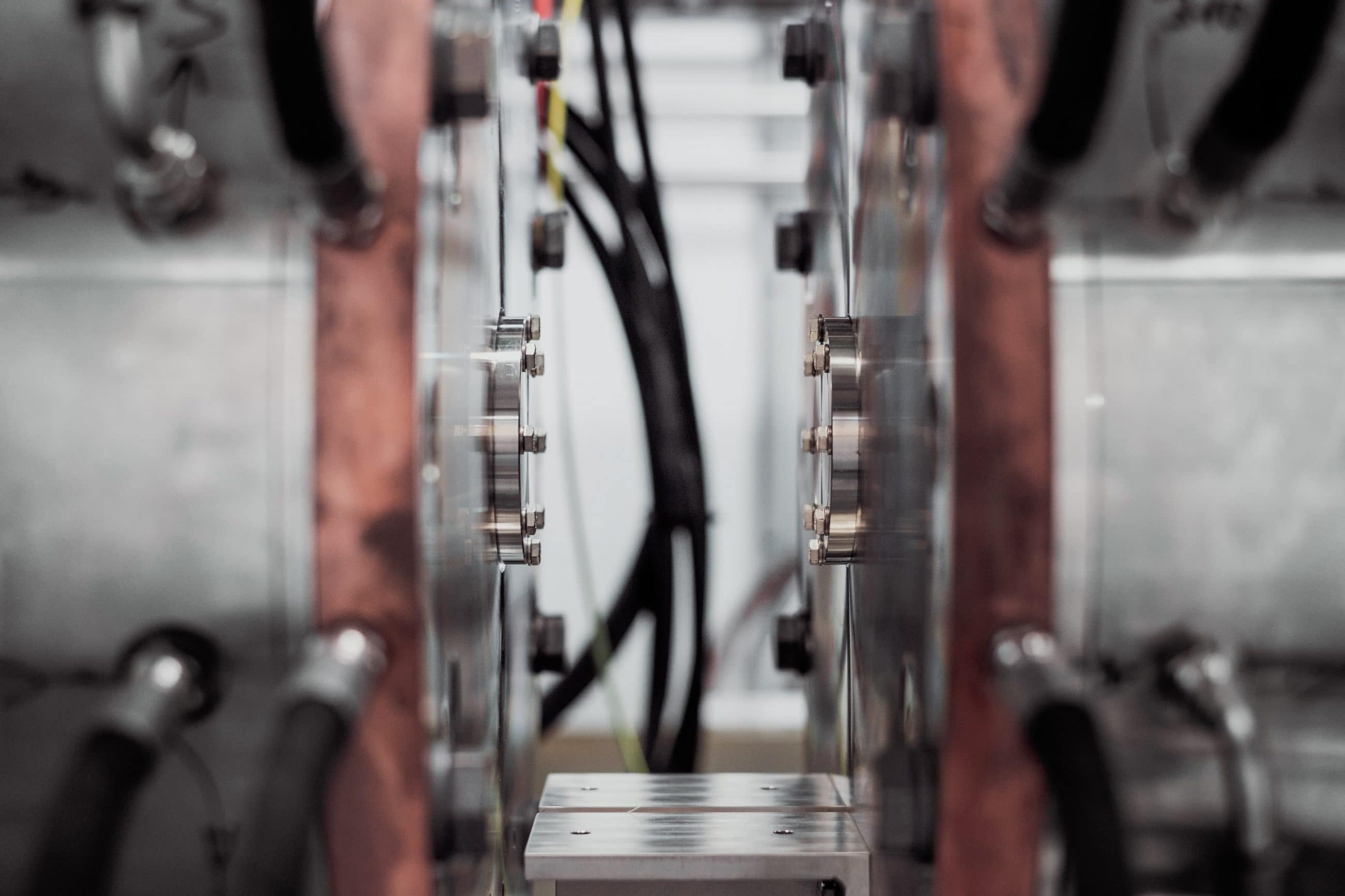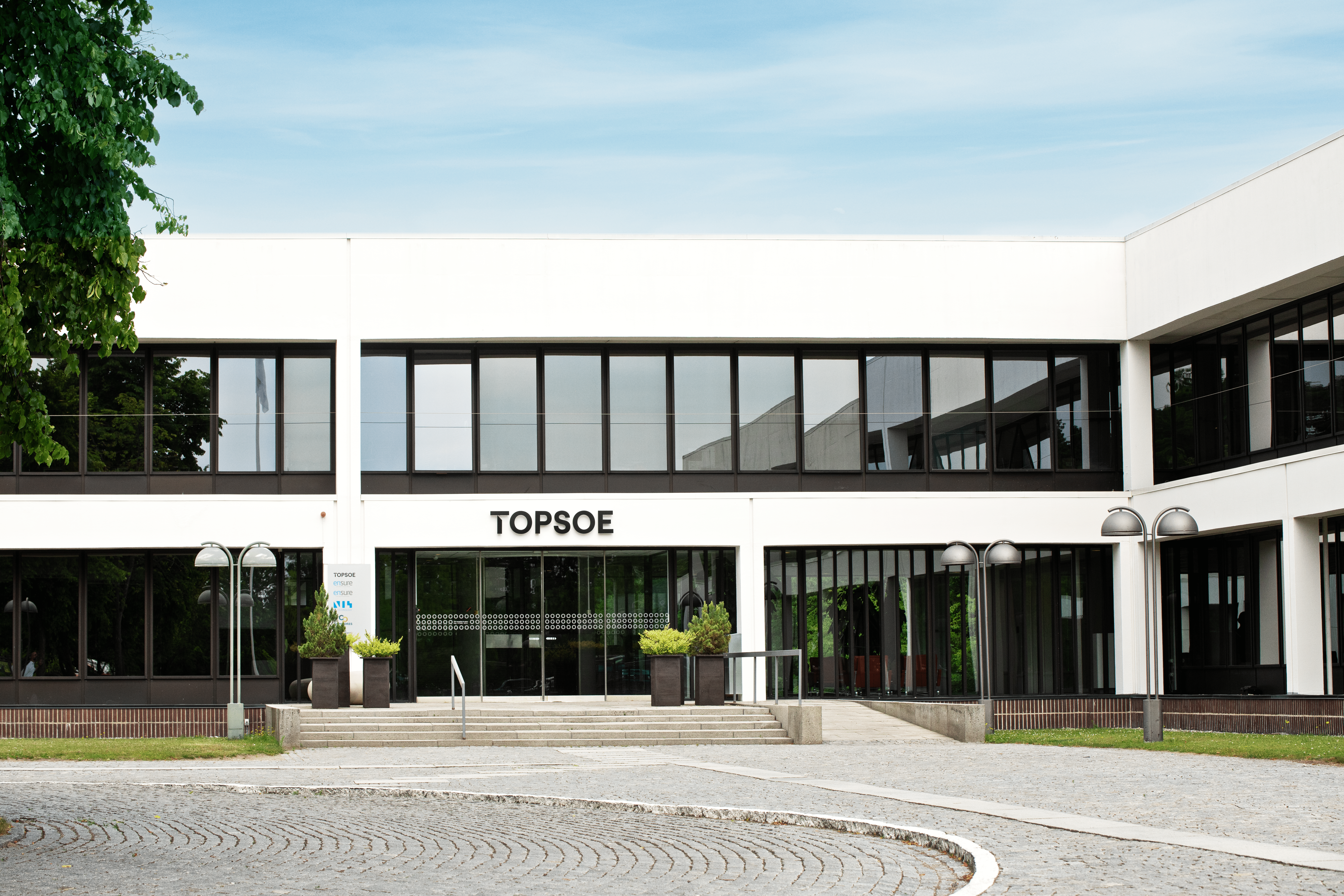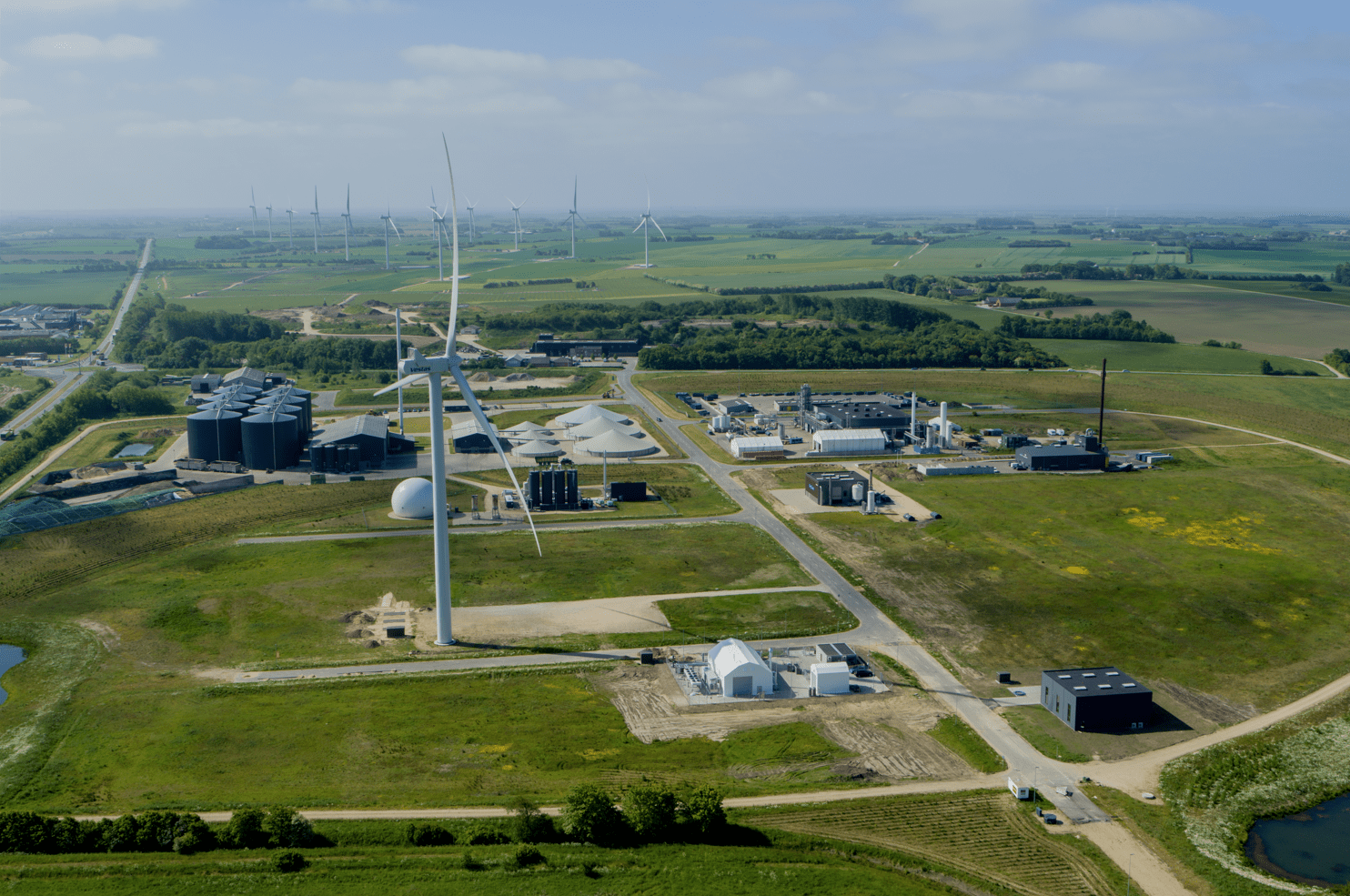News
Energy storage
Smart energy systems
Smart grid
New DTU whitebook: Energy storage technologies in a Danish and international perspective


Energy storage will play a decisive role for an energy system based on sustainable sources of energy. A new whitebook prepared by Senior Researcher Allan Schrøder Pedersen, DTU Energy, maps out important recent development trends for energy storage technologies in a Danish, European and world-wide context.
Four important storage technologies
The report studies four important technology areas in detail: Batteries, storage of energy in chemical form using electrolysis, thermal storage, and mechanical storage. For each of the four types of energy storage a full description of the technologies is given, as well as an overview of the present technology level and the most important development trends. In addition, each section provides non-technical information about the technologies, such as applications, status, players in Denmark and specific recommendations about the technology.
-Related solution: Future bio-batteries made from mould
Thermal energy storage is among Danish strongholds
Thermal energy storage is already a highly important storage area with a huge installed capacity found in hot water containers in buildings and in district heating networks. About 50% of energy consumption is demanded as heat.
Denmark has a strong position in development of heating systems and already a considerable export, which could be expanded based on new technologies. Because of a strong and wide-spread district heating sector in Denmark, developed over very many years, and because of the importance of thermal energy supply in general, thermal energy storage in containers has a strong status in Denmark compared to many other countries. The Danish position is seen clearly in huge hot water containers within the district heating system and in the domestic hot water containers found in almost all households.
The demand for cold is also significant, very energy consuming and expected to grow in the years to come. According to the whitebook, new thermal energy storage techniques therefore need to be developed and demonstrated, and existing techniques should be further developed and refined. Surprisingly Denmark lacks behind concerning similar cold water storage tanks, probably because of the lack of planning for district cooling. However the first steel tank, (2,000 m3 for district cooling), is being established in 2019 by Taarnby Forsyning.
-Related solution: Energy Storages for CHP plants
Regulatory and political frameworks must support a modern energy system
Finally, the whitebook explains that even though the energy systems in Europe and Denmark have been changing dramatically over a couple of decades, the regulatory frameworks for how to operate the systems are still characterized by their origin in the fossil, centralized energy system. Yet today the thinking of “energy storage” is very different and the governing regulations should therefore change accordingly.
For instance, it notes that the existing energy system does not enable players to profit on all the services that some energy storage is able to provide to the whole system. Therefore, a revised market design is important for energy storage to roll out its virtues in the future.
[green]Recommendations for actions to update the market design:
- Establish a broadly supported definition of energy storage prepared at EU level.
- Regulations and market design should as far as possible be made on an EU basis to be in line with the EU single market for energy.
- Appreciate energy storage as a special and important asset of the complete energy system.
- Levy structures (grid fees, taxes or similar) should not hinder or discriminate the integration of energy storage.
- Avoid double tax and fees. Energy storage is not a consumer nor a generator.
- Energy can only be generated and consumed once and fees and taxes should accommodate to this.
- Storage devices can provide services to regulated as well as non-regulated parts of the energy system, but in all cases market-based solutions should be preferred whenever possible.
- Energy storage adds value to several levels in the energy system. Thus, energy storage operators should be allowed to differ, if it does not lead to market distortion.
- Market design should allow specialized storage operators to emerge.
- Markets and payments for storage should allow any storage technology to participate, if they are able to fulfil the requirements.
- Specific storage technologies provide capabilities to interlink different energy sectors (e.g. fuel for transport, electric power and the heating sector). Therefore an integrated approach would often be favorable.[/green]
Source: DTU Energy
You should consider reading
events
Carbon capture, storage and utilisation
+4















